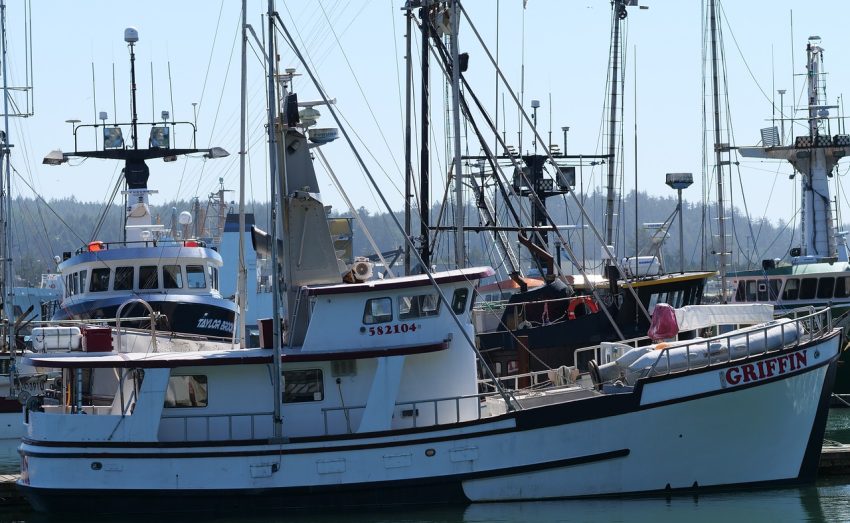The Supreme Court has agreed to take up a case (Loper Bright Enterprises et. al vs. Raimondo) that will revisit a past Supreme Court decision known as the “Chevron precedent.” If the Court overturns or modifies that precedent, it would weaken agencies’ power to regulate.
A group of New Jersey fishing companies has sued the Commerce Department, whose National Marine Fisheries Service (NMFS) is authorized to control overfishing in U.S. waters. Under the Magnuson-Stevens Act, the NMFS may require the industry to accept a monitor (person) on each fishing vessel to make sure the fishers follow the rules. The Service is requiring the fishing industry to pay for those monitors.
Paying for these monitors is what the companies object to. In their petition, the group writes:
“[T]the Magnuson-Stevens Act (MSA) requires petitioners and other vessel owners to make room onboard for federal observers who can oversee operations to ensure compliance with a slew of federal regulations. That is an extraordinary imposition that few would tolerate on dry land. But without any express statutory authorization, the National Marine Fisheries Service (NMFS) has decided to go one very large step further and require petitioners to pay the salaries of government-mandated monitors who take up valuable space on their vessels and oversee their operations.”
They asked that the Court reconsider the precedent under which the NMFS authorizes its ruling. That was Chevron vs. Natural Resources Defense Council, and the Supreme Court has agreed to do so. Chevron, decided in 1984, was a unanimous decision of the Court allowing the Environmental Protection Agency to design a technique (called a “bubble”) that would enable companies to meet Clean Air Act air-emissions regulations through trades.
In his ruling opinion, Justice John Paul Stevens wrote in the Chevron case:
“If . . . the court determines Congress has not directly addressed the precise question at issue, the court does not simply impose its own construction on the statute, as would be necessary in the absence of an administrative interpretation. Rather, if the statute is silent or ambiguous with respect to the specific issue, the question for the court is whether the agency’s answer is based on a permissible construction of the statute.”
In other words, the ruling gave substantial leeway to the regulatory agency to interpret the law pretty much as it wishes.
The decision was not particularly controversial, but later was frequently used to broaden regulators’ authority. Did it give them too much authority? That is the legal issue.
The Supreme Court has already shown an interest in reining in administrative regulation. In June it chastised the EPA for making major decisions for the electric utility industry on the basis of a “backwater” section of the Clean Air Act. Wrote Chief Justice John Roberts, a bit sarcastically:
“On EPA’s view of Section 111(d), Congress implicitly tasked it, and it alone, with balancing the many vital considerations of national policy implicated in deciding how Americans will get their energy. EPA decides, for instance, how much of a switch from coal to natural gas is practically feasible by 2020, 2025, and 2030 before the grid collapses, and how high energy prices can go as a result before they become unreasonably ‘exorbitant.’
“There is little reason to think Congress assigned such decisions to the Agency.”
The court decided that the broad action of the agency made the case a “major questions” case and that the EPA had incorrectly treated a major question as a minor revision—and thus it could not stand.
Elizabeth Nolan Brown noted in Reason: “[T]he impact of this case [the Loper case] goes way beyond fisheries. How the Court rules here could have major implications for federal regulations of all sorts.”
Oh, and here’s how Josh Gerstein and Alex Guillén from Politico sum up the case:
“A legal doctrine long despised by conservatives for giving federal regulators wide-ranging power is making yet another march to the gallows at the Supreme Court.”
It may not reach the gallows, however. We’ll see next year.
Fishing boat image by Lynette Connors for Pixabay.


1 thought on “What’s This Chevron Precedent and Why Does It Matter?”